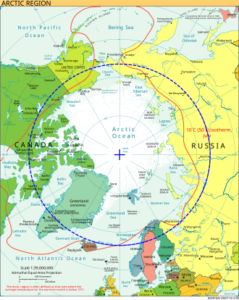 Today, December 21, is the shortest day of the year. The day with the least amount of light. The day when it’s dark at getting-up time and dark again long before you’re probably ready to go to bed.
Today, December 21, is the shortest day of the year. The day with the least amount of light. The day when it’s dark at getting-up time and dark again long before you’re probably ready to go to bed.
The winter solstice.
Only recently, I learned that the earliest sunset of the year here in middle Tennessee is not today. That sunset actually happened on December 5, but because sunrise now arrives a little later in the morning, the days have continued to shorten. This all has to do with the tilt and rotation of the Earth, which is far too complicated for me to understand or explain. All I can say is I’m exceedingly glad things are finally turning around.
For almost 70 years, I’ve tried my best not to dislike the dark months. I remind myself how much I love ditching real clothes and slipping into flannel lounge pants and a sloppy sweater as soon as the sun goes down. I love soup for supper. I love reading by lamplight. And I love watching college basketball on TV.
What I don’t love is having to finish my outdoor to-do list by 4:00 in the afternoon. I don’t love driving after dark, especially on unfamiliar roads. And no matter how “adjusted” I’m supposed to be this long after changing over to Central Standard Time, my energy level and enthusiasm are still rock-bottom, despite the gaiety of the holidays. Remember that silly sweatshirt from decades ago that said MY GET-UP AND GO JUST GOT UP AND WENT?
That pretty much sums it up.
But just as I start feeling extra-sorry for myself, I think about places that have a whole lot less sunlight than Cookeville, Tennessee in late December. A nuclear submarine, for instance, which can stay submerged for months at a time. Also, caves. When I visited South Dakota last summer, I learned about cave scientists—officially known as speleologists–who sometimes spend weeks at a time underground, exploring and mapping massive cave systems. And if you don’t know how dark it really is in a cave, consider a tour of Cumberland Caverns in McMinnville, where they’ll take you to the Volcano Room and turn out all the lights. Then you’ll understand what pitch black truly means.
There are the places within the polar circles where the sun remains below the horizon for weeks at a time during winter. Meaning it’s always night. It happens in Antarctica, though it doesn’t get much attention since no permanent human residents are there.
But some people actually choose to reside north of the Arctic Circle. One of the most famous inhabited remote places is the town of Longyearbyen (population 2,000) on the Norwegian Island of Svalbard. Its latitude is 78 degrees. (For comparison, Cookeville’s latitude is 36 degrees.) Longyearbyen is only 800 miles from the North Pole. And here’s the real kicker: for 84 days–from mid-November until mid-February, a period known as the Polar Night–Longyearbyen is completely dark.
I can’t even imagine. There’s not enough chicken noodle soup or flannel pants or SEC basketball in the world to make me consider living is such a place. Especially after I read that everyone venturing beyond the city limits of Longyearbyen is encouraged to carry a gun. Because, you know, polar bears. Normal rhythms return to the Arctic Circle when the spring equinox rolls around. Then, during the days surrounding the summer solstice, the Midnight Sun never sets. It’s daytime all the time.
That’s all just a little too weird for me. Perhaps I’m better suited to living near the equator, where days and nights are 12 hours long all year long. Ecuador, perhaps. Or Kenya. Or Kiribati, which I never heard of until I began researching this column.
Or maybe I should learn to be content right here in middle Tennessee, where glorious springtime is sure to follow our dark winter days.
(December 21, 2024)